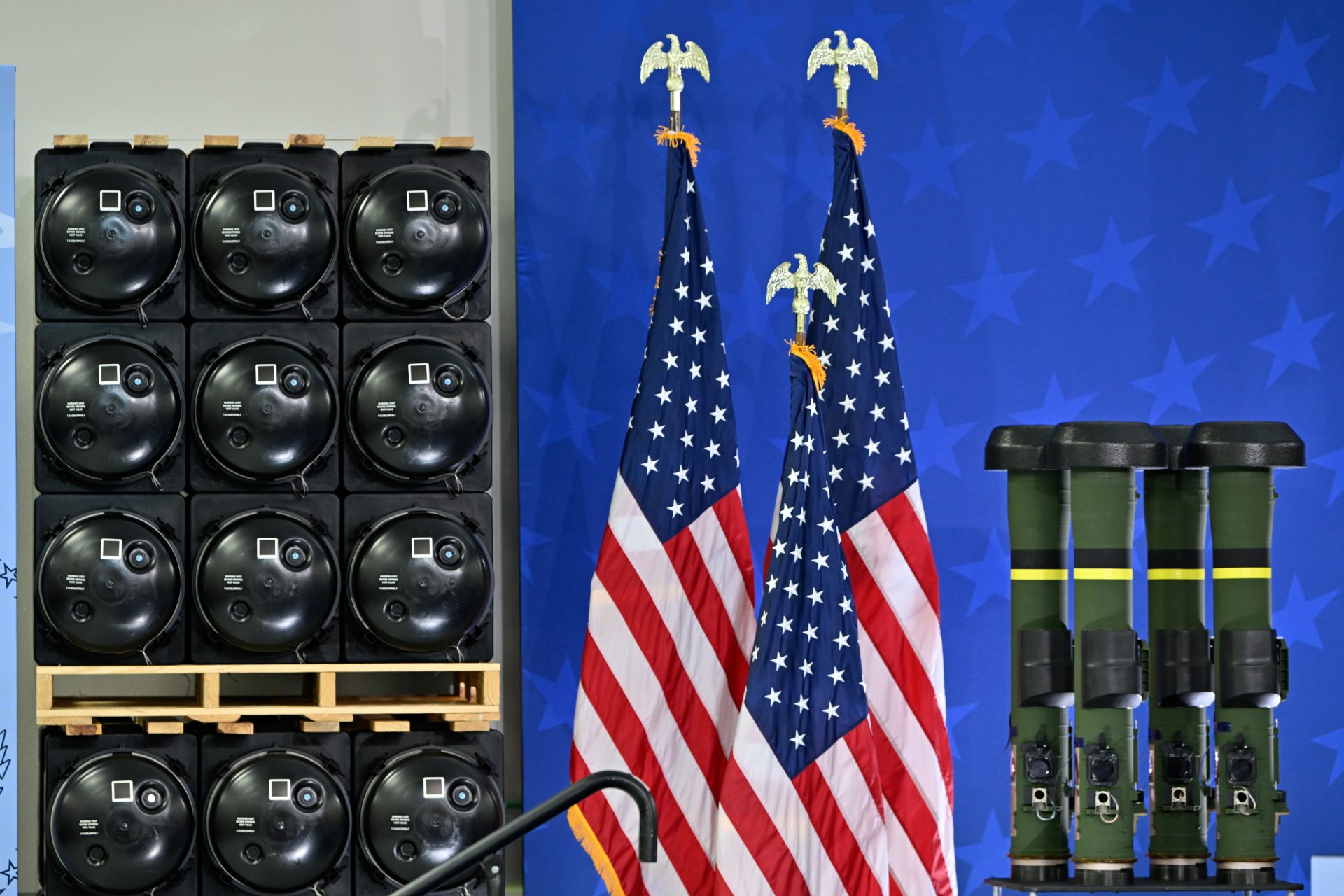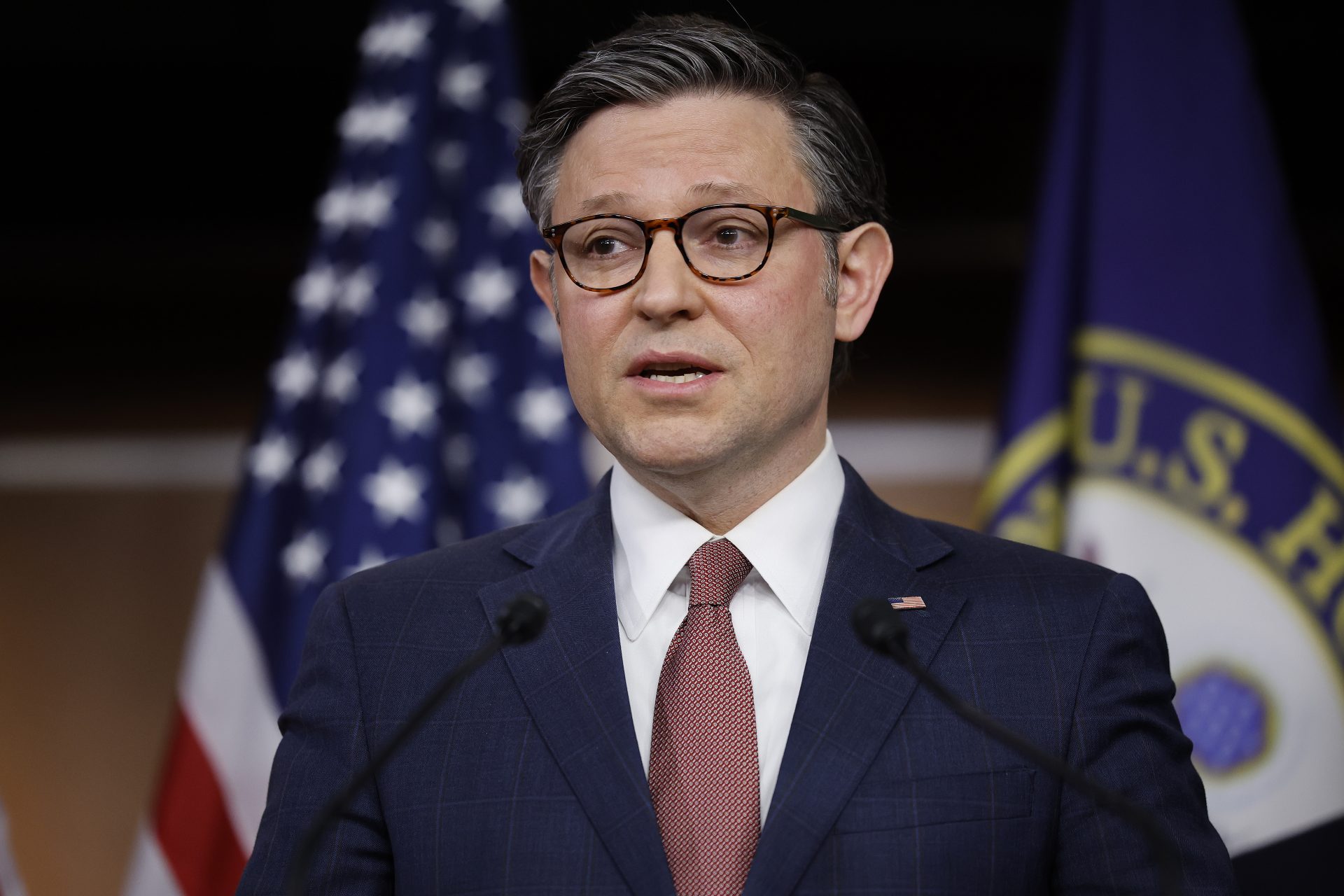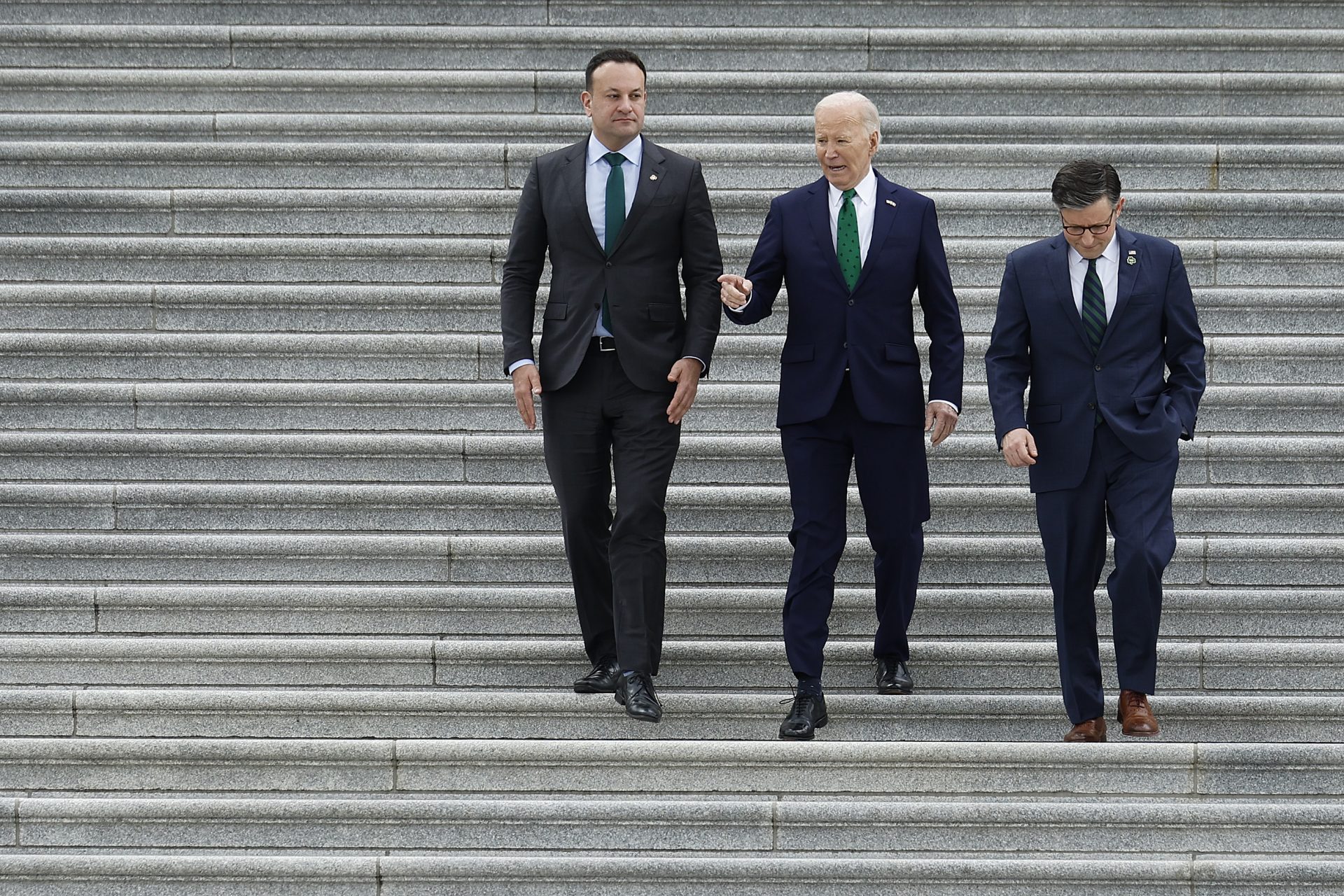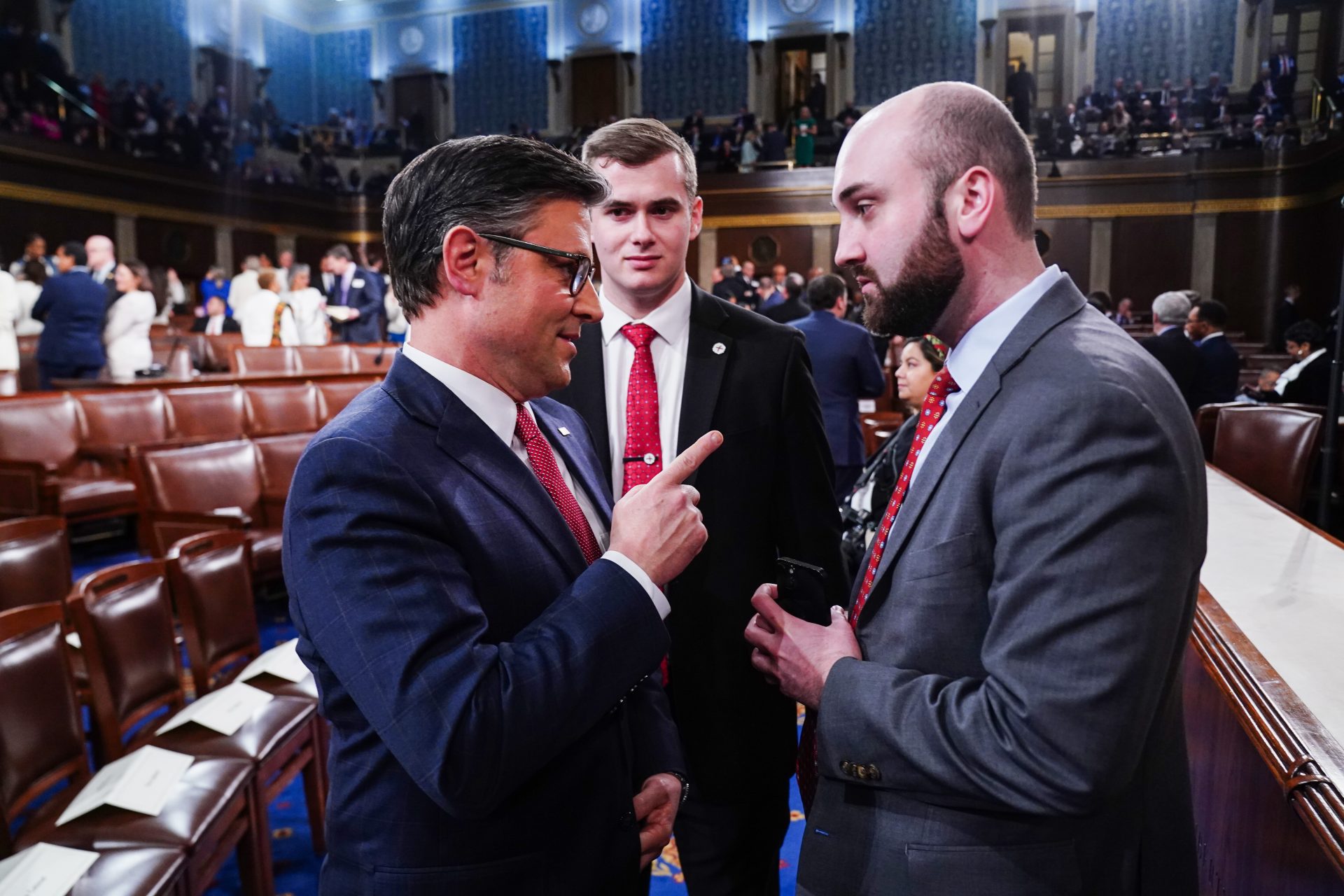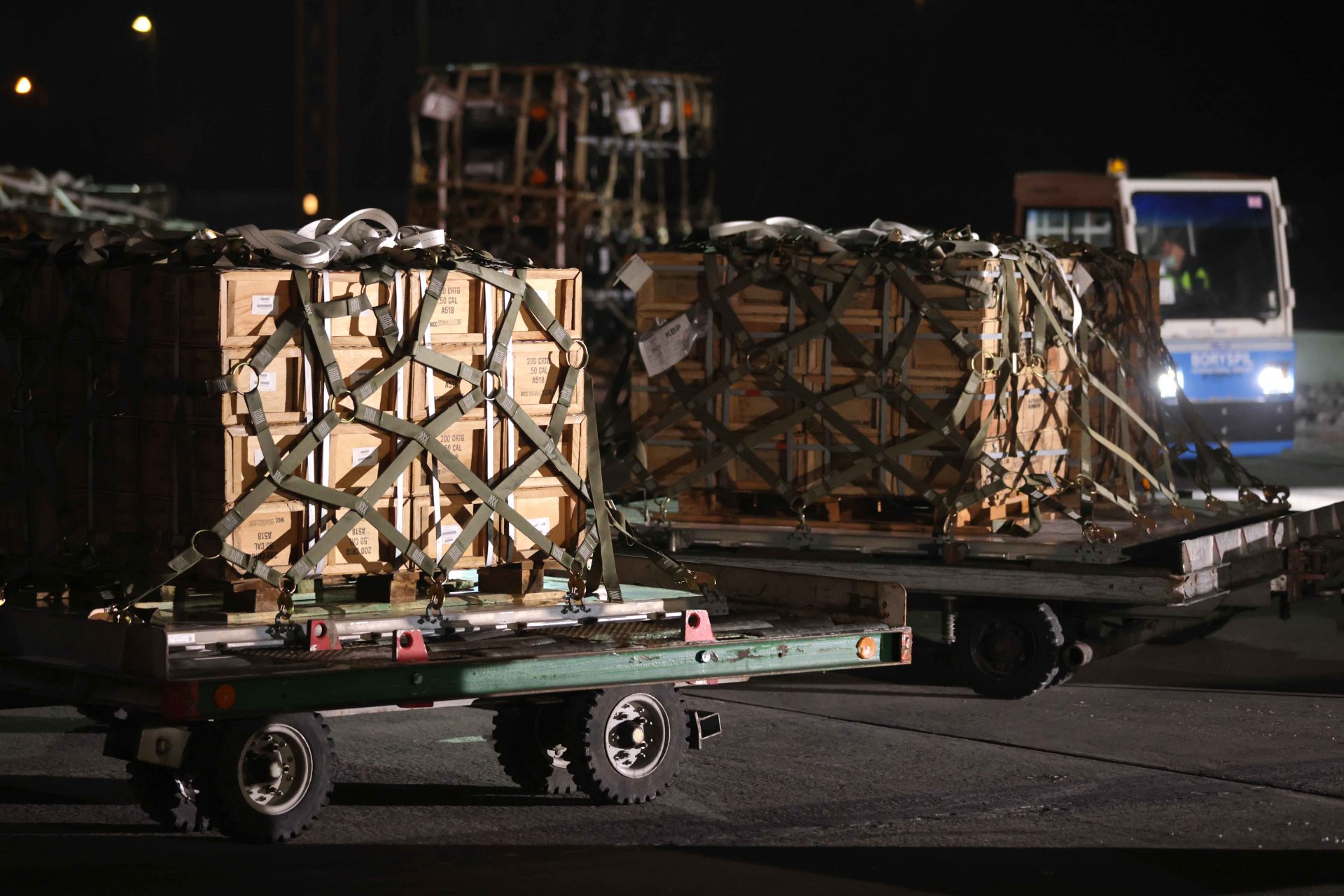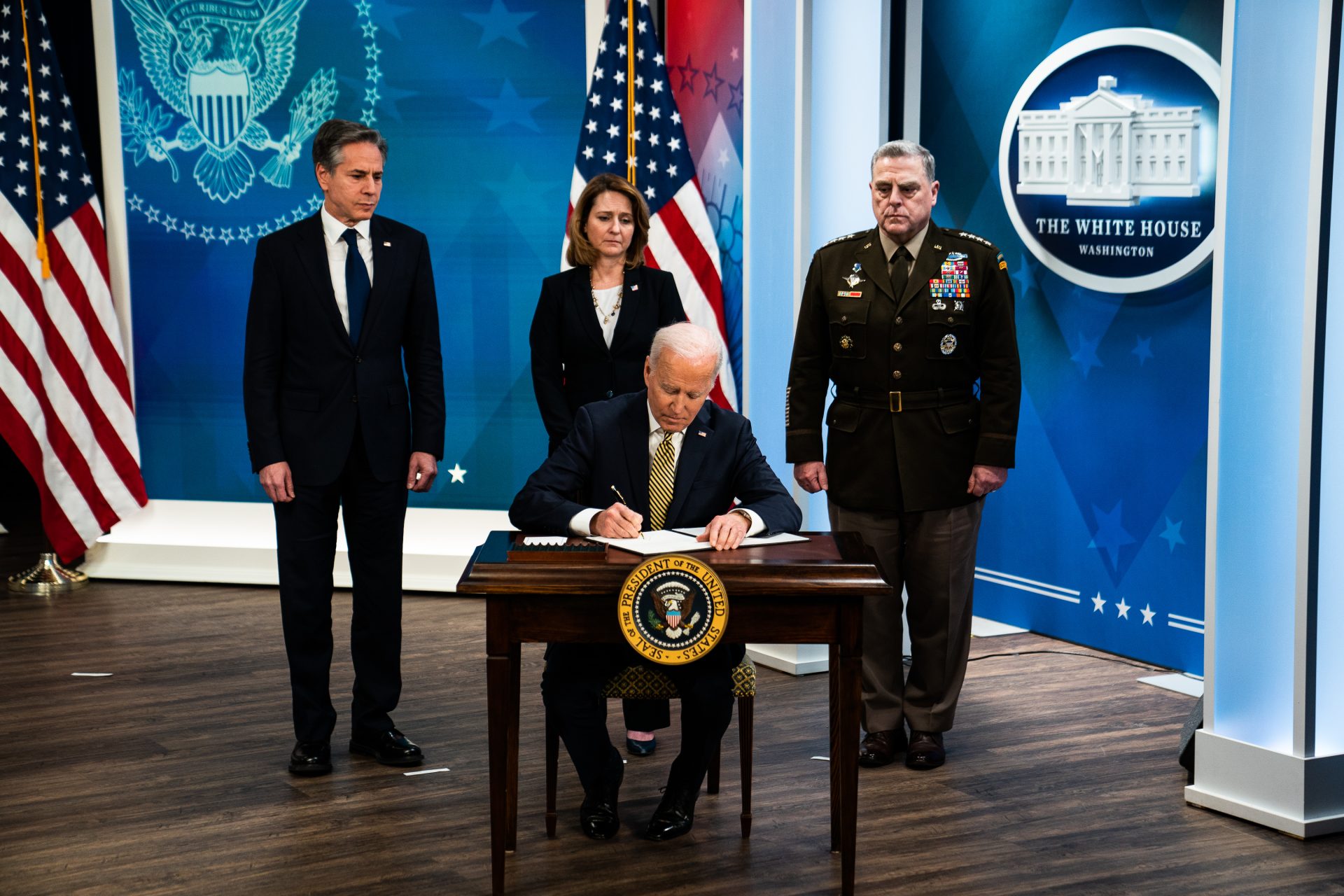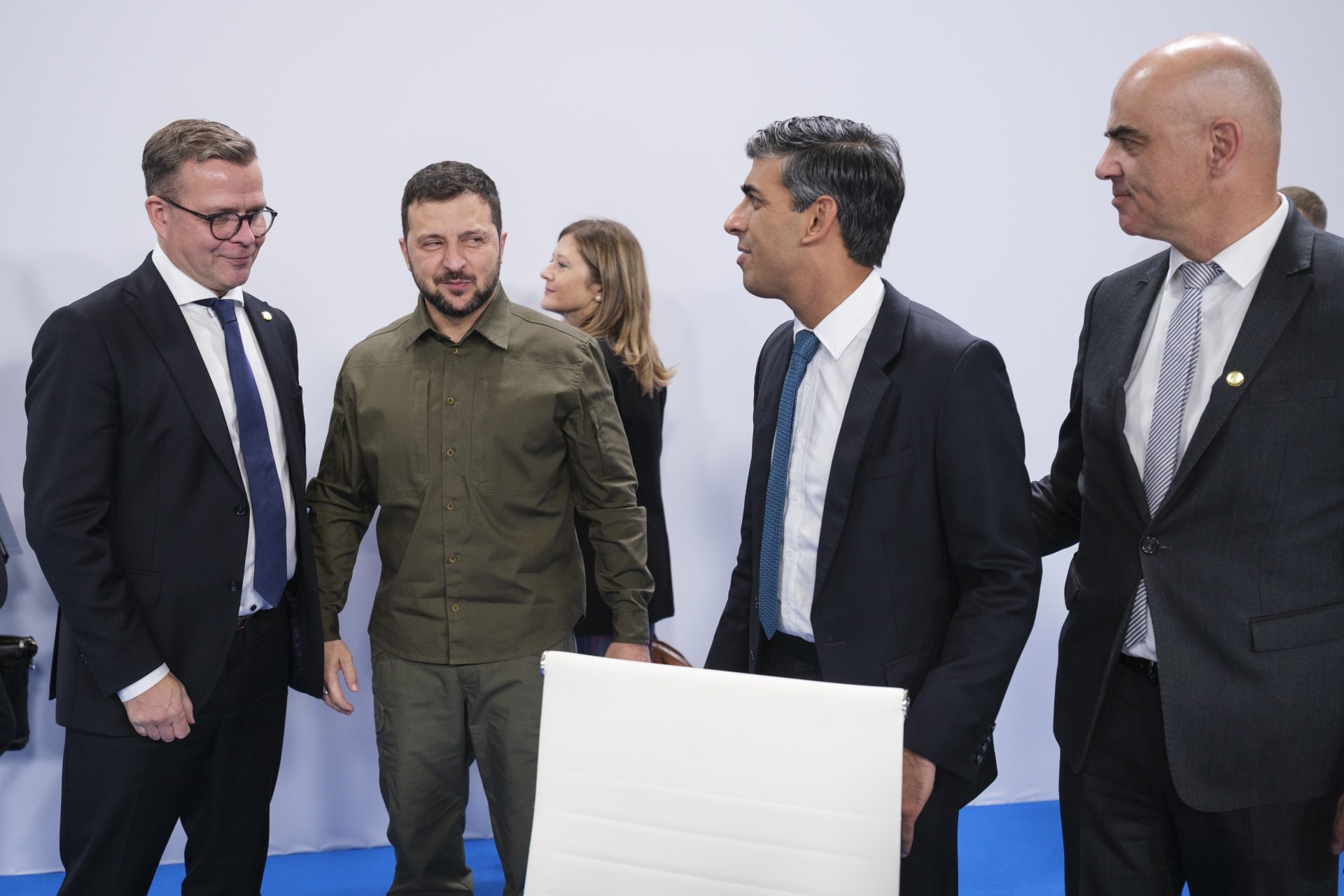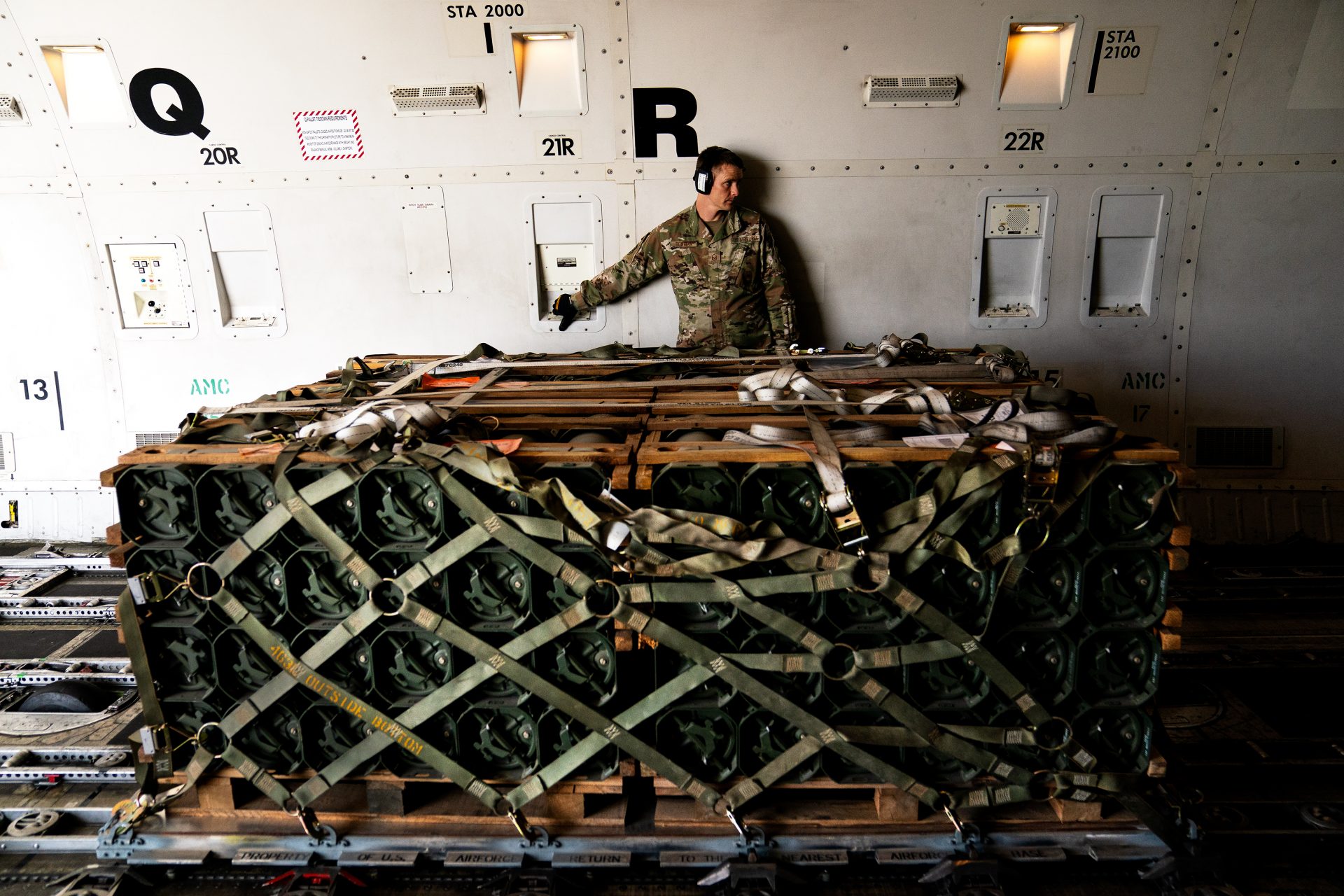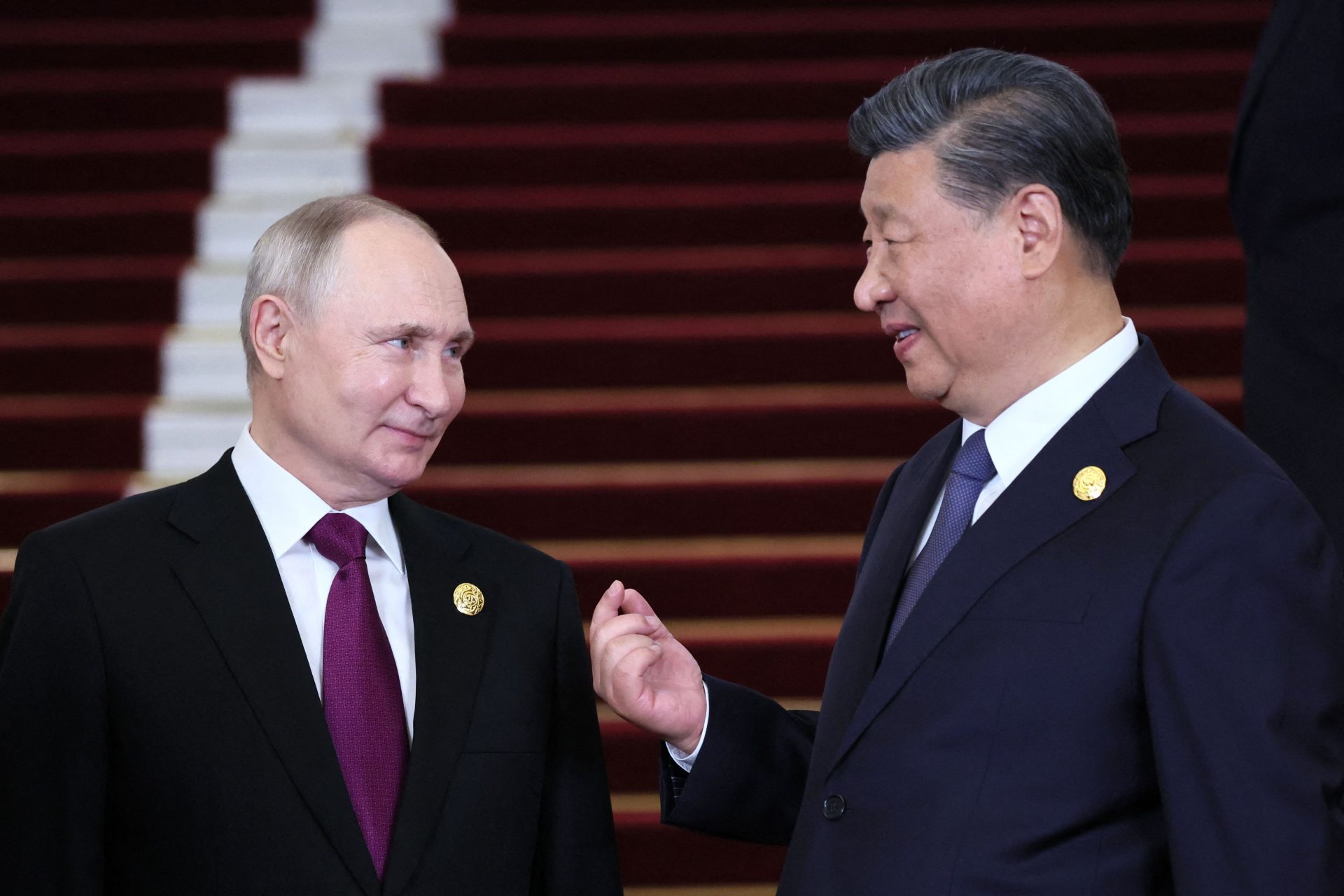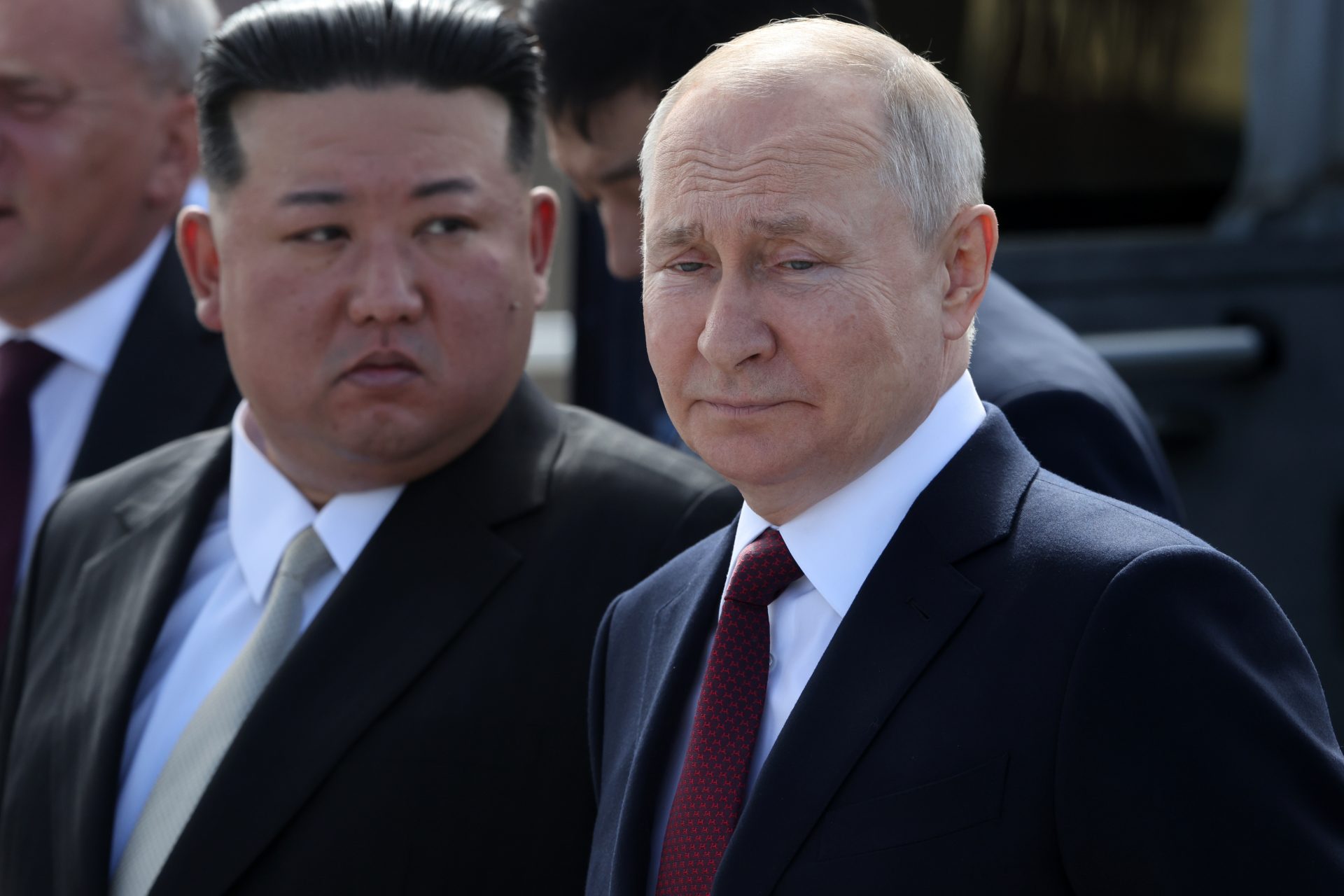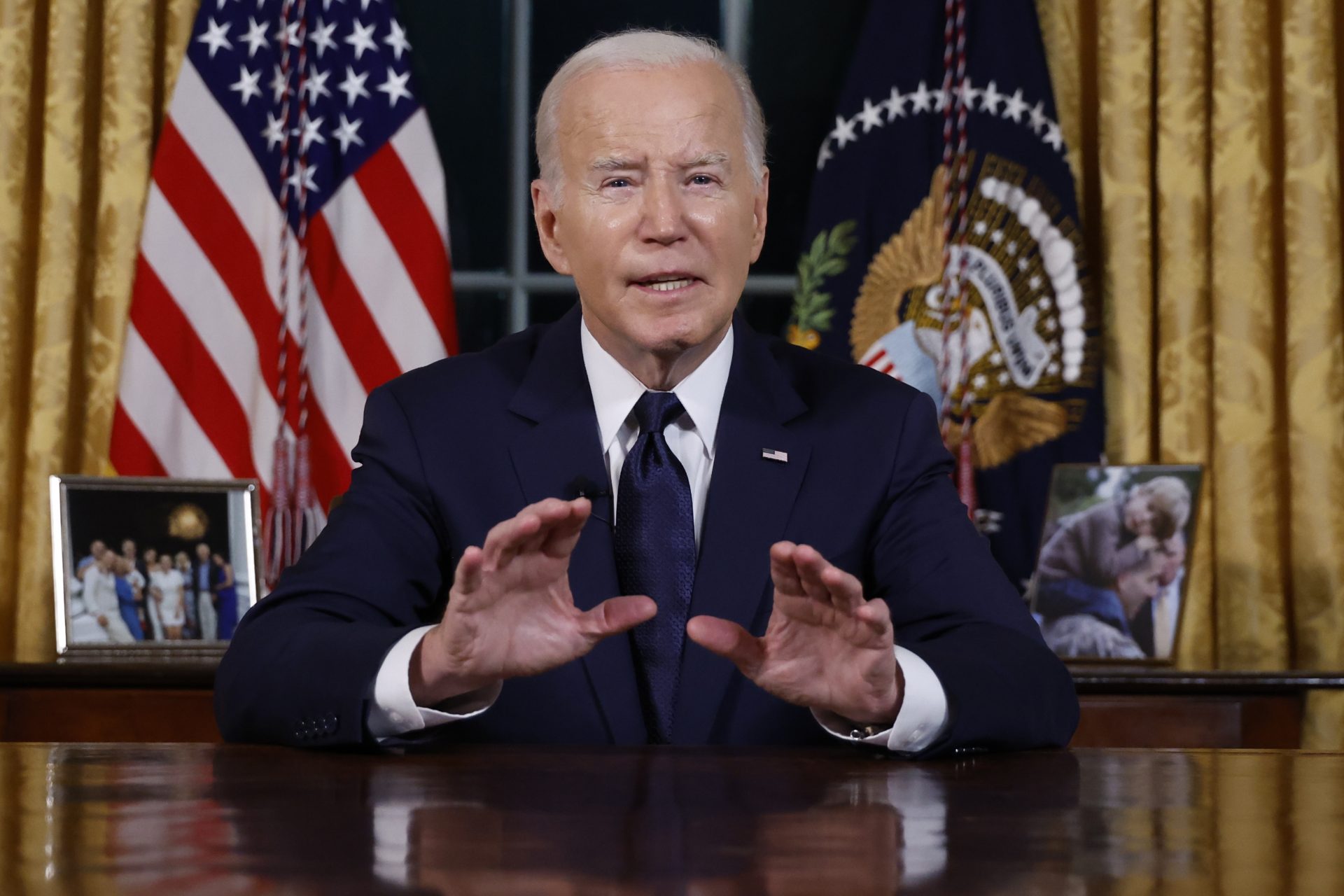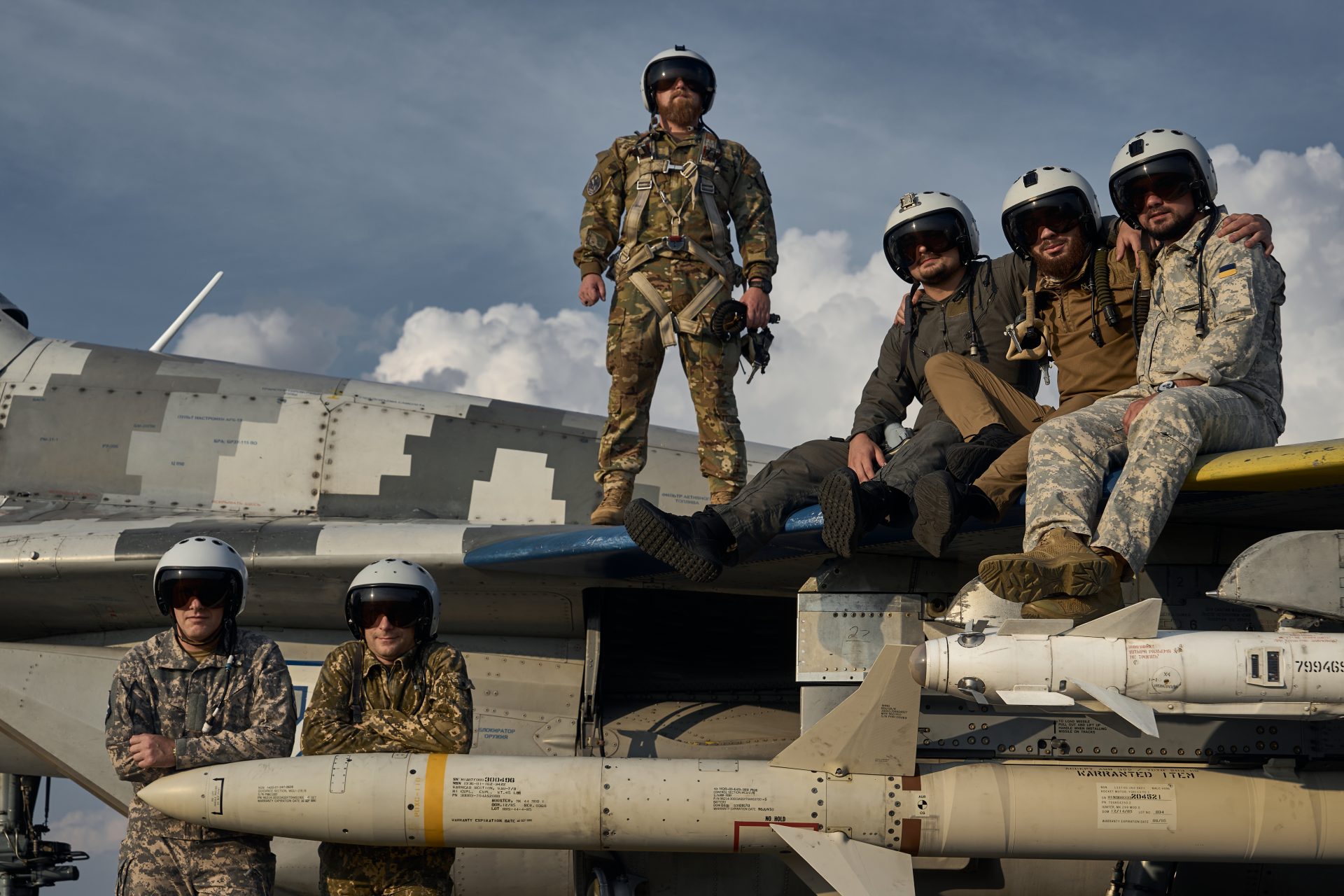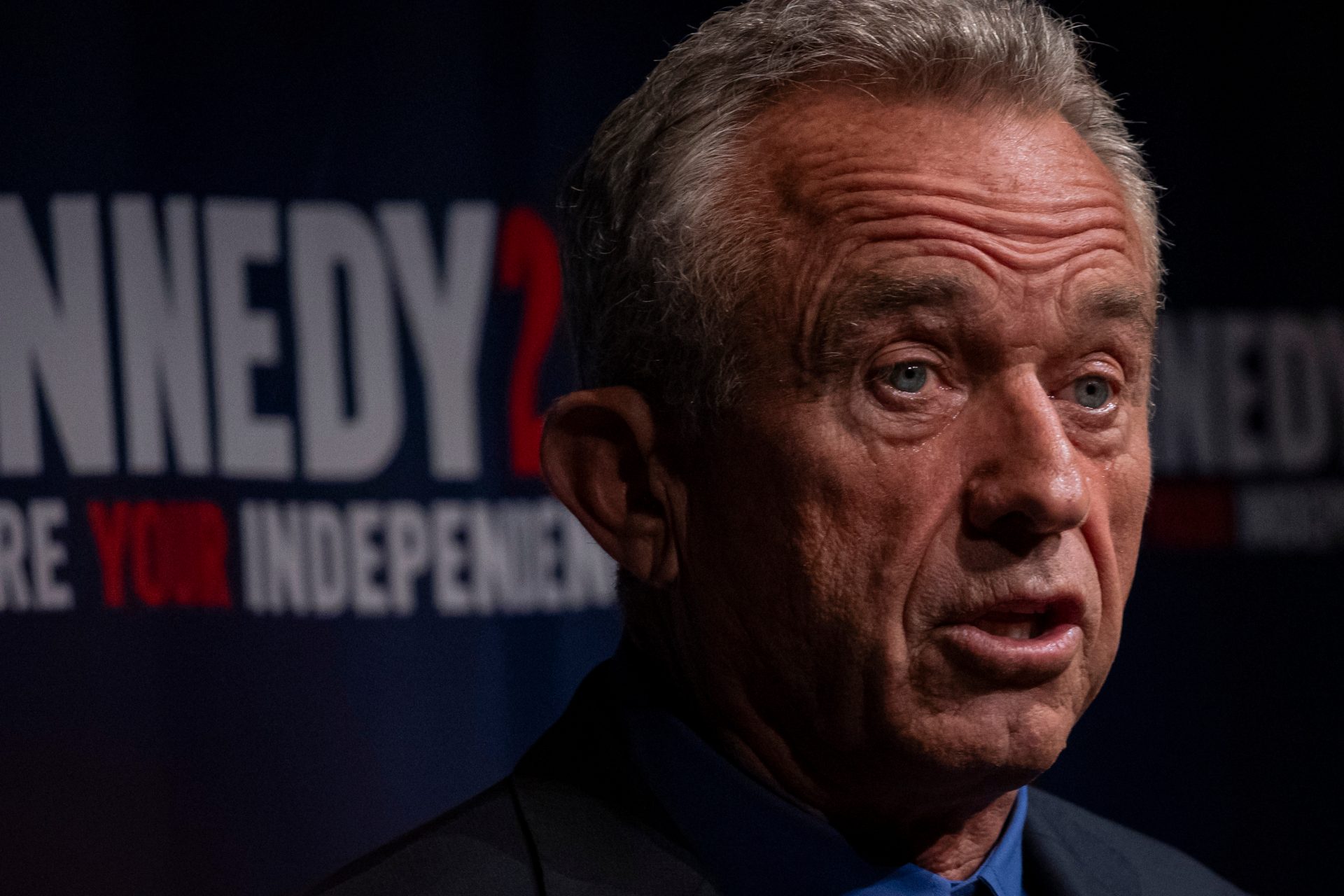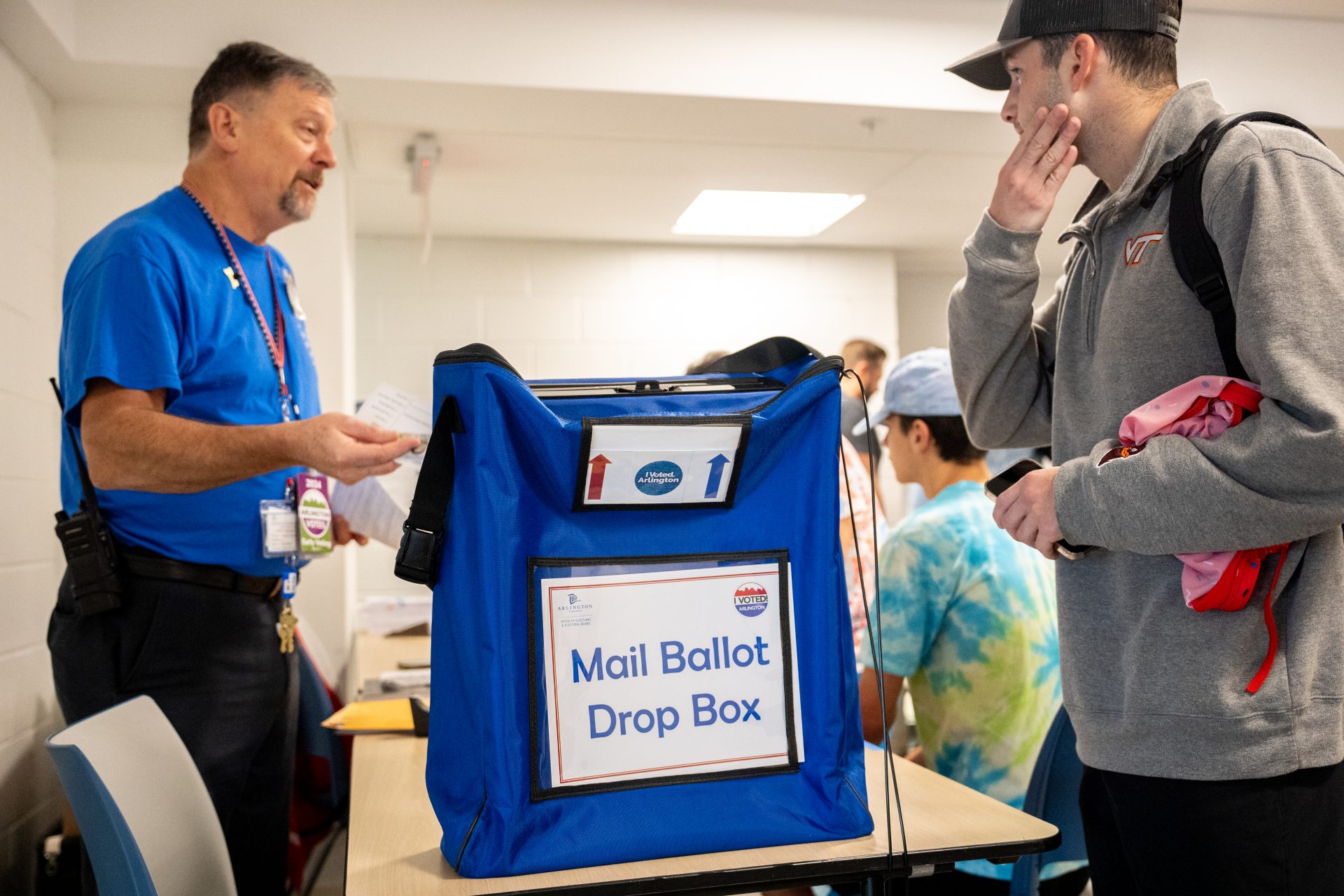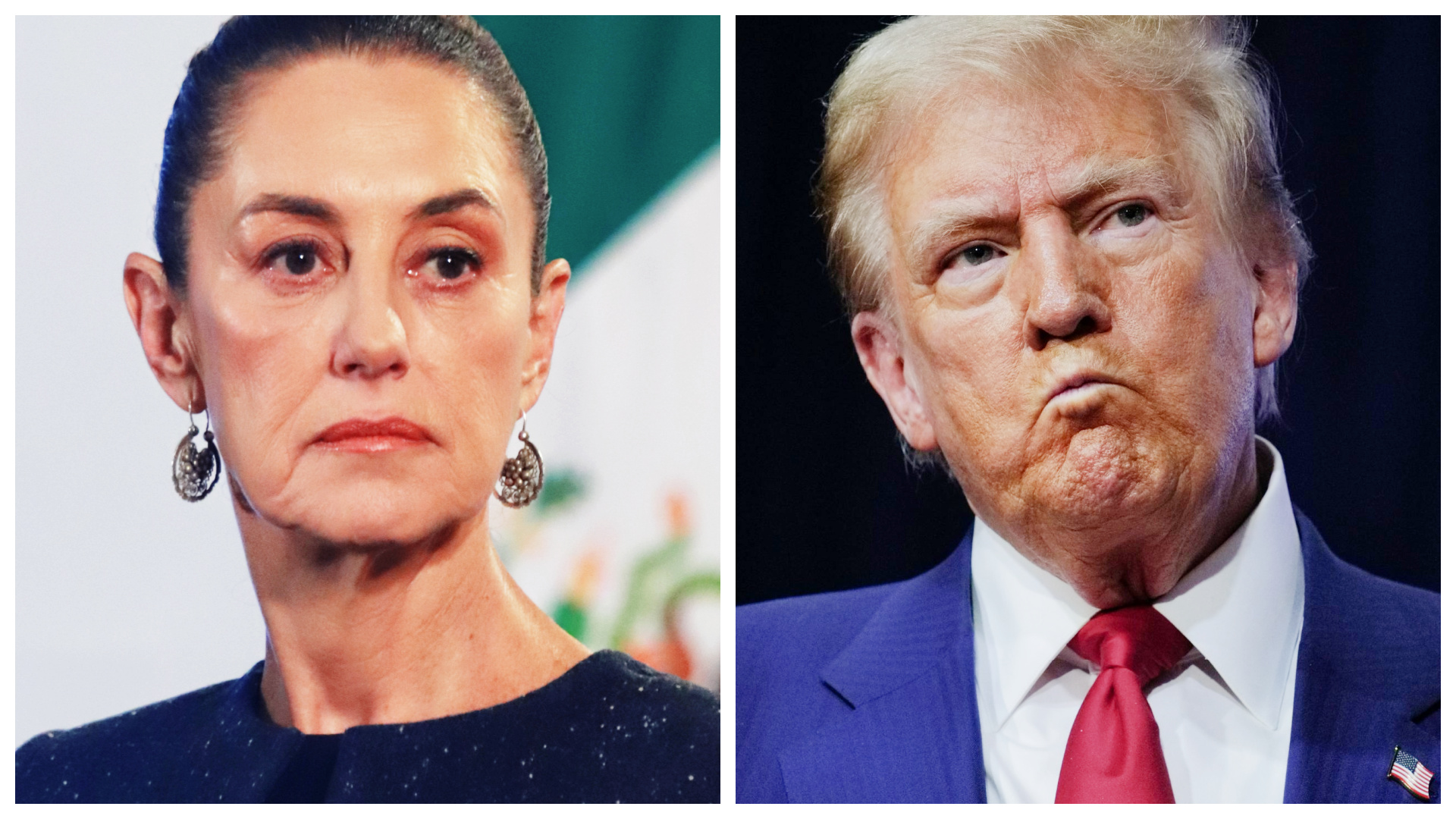Here are the facts you should know about US aid to Ukraine
On March 31st, Speaker of the House Mike Johnson revealed that he expected Congress would hold a vote on the long-deadlocked aid package for Ukraine once it was back in session following the Easter recess.
American aid has been held up for one reason or another since the fall of 2023 and it appears that Congress could be poised to pass the assistance package with "some important innovations" according to Johnson.
“Look, what we have to do in an era of divided government—historically, as we are—you got to build consensus. If we want to move a partisan measure, I got to have every single member, literally,” The Hill quoted Johnson as saying while appearing on 'Sunday Night in America With Trey Gowdy.'
"We’ve been working to build that consensus. We’ve been talking to all the members, especially now over the district work period. When we return after this work period, we’ll be moving a product, but it’s going to, I think, have some important innovations,” Johnson added.
Whether or not the roughly $60 billion dollars in additional aid will be passed is still not yet known, but a lot of misinformation about the war in Ukraine as well as the aid the United States sent has cropped up in the previous months. Separating fact from fiction can be difficult.
It’s important to know the realities of aid to Ukraine and that’s why one U.S. think tank outlined several key points of misinformation about the conflict and tried to dispel the myths some people have about the war and the aid Americans have sent to aid their Ukrainian allies.
The Hudson Institute is a Washington-based think tank that aims to guide policymakers and global leaders in government, which would explain why Senior Fellow Luke Coffey focused on explaining the facts of U.S. aid to Ukraine.
Photo Credit: Twitter @LukeDCoffey
In a November 3rd, 2023 report, Coffey broke down fourteen facts about U.S. aid to Ukraine in order to dispel some of the myths surrounding how American security assistance is spent and why it matters as Congress debates more funding.
The United States hasn’t offered Ukraine a blank check. Every dollar authorized by the U.S. Congress is used for a specific purpose. Moreover, most of the aid authorized will never leave the United States according to Coffey.
Roughly $70 billion dollars of authorized aid stayed within the United States, according to a statement from Senate Minority Leader Mitch McConnell, where it has created jobs in roughly 38 different states. But that’s not all.
Coffey cited statements from McConnell who pointed out that the United States had received $90 billion in orders for American military hardware as a result of aid to Ukraine, money which also helped create more well-paying jobs in the U.S.
Russia is one of the greatest geopolitical threats to American security; however, that threat is being dismantled by Ukraine at the cost of a relatively modest sum. Russia’s land, air, and sea capabilities are all being slowly destroyed without direct U.S. involvement in the conflict.
Coffey noted that the original Russian invasion force used to attack Ukraine in February 2022 “has effectively ceased to exist” and pointed out Moscow’s hundreds of thousands of casualties as well as the thousands of pieces of lost equipment.
There has been much talk in the American media about the lack of transparency regarding military and financial aid to Ukraine, but Coffey pointed out that there are more than 160 officials across 20 federal oversight agencies monitoring the aid sent to Kyiv as of November 2023.
The Ukraine Oversight Interagency Working Group is an integral part of tracking the aid and Congress allocated $50 million for the inspectors general of several U.S. agencies in order to increase oversight through the working group.
There had been dozens of reports produced on how U.S. aid is being used by Ukraine, and one report from the Ukraine Oversight Interagency Working Group found that there was no “substantiated significant waste, fraud, or abuse” occurring.
This seems like an unlikely fact but data Coffey cited from the Kiel Institute for the World Economy noted that European commitments to Ukraine were now double that of the United States in military, financial, and refugee aid.
A collective of twenty European countries have given more aid to Ukraine relative to their GDP than the United States in November 2023, and that number has only risen while American aid has been held up.
As of January 2024, the Kiel Institute for the World Economy's Ukraine Support Tracker noted European Institutions have provided Ukraine with €84.99 billion ($92.01) in financial, military, and humanitarian assistance while the United States has provided €67.7 billion ($73.34).
The choice to aid Ukraine makes Taiwan safer according to Coffey because Russia is a junior partner in its alliance with China, which means a weakened Russian military and state equals a weaker China and lessens future aggression.
According to Coffey, European stability affects the American worker because the region is America’s largest trading partner. Europe made up 64% of the $4.98 trillion in foreign investment in the United States in 2021.
Coffey also cited data showing that the U.S. and Europe were both each other's largest export markets in 2022, a fact which means that any future instability in Europe would be a detriment to the American worker.
Aiding Ukraine has helped reveal shortcomings in America’s military hardware in a way that would not have been possible in peacetime according to Coffey. This has now allowed the U.S. to better prepare for future conflicts.
“Russia’s invasion of Ukraine was a wake-up call to us all,” stated Taiwanese President Tsai Ing-wen. The war in Ukraine has prompted America’s East Asian allies to prepare for possible future threats like never before.
There has been a lot of worry about America's ability to fight in a war in the Indo-Pacific after providing so much material aid to Kyiv. However, Coffey explained that the weapons sent to Ukraine would be irrelevant in a fight in the Indo-Pacific.
Specifically, Coffey pointed out that weapons like the 10,000 javelins and 2000 stingers sent to Kyiv wouldn’t be a determining factor during a conflict in the Indo-Pacific but they would, and have been, be a determining factor during the war in Ukraine.
Interestingly, Taiwan was set to receive its order for High Mobility Artillery Rocket Systems (HIMARS) one year earlier than expected as a result of the Presidential Drawdown Authority (PDA) used to get weapons to Ukraine.
The PDA would likely not have been used to speed up weapon deliveries to Taiwan if it had not been for the measures used to assist Ukraine according to Coffey, but $1 billion dollars in PDA weapons aid was approved for Taiwan in July 2023.
Most of America’s major geopolitical adversaries have supported Moscow in its attempt to conquer Ukraine. Both North Korea and Iran have sent thousands of arms to Russia.
Coffey noted that the war in Ukraine is not being fought by U.S. troops and added that the United States was not belligerent in the conflict. Ukraine is not asking for anything more than material support, something the U.S. can afford to supply.
More importantly, however, Coffey wrote that the current war in Ukraine did not meet the definition of proxy war, which is defined as a conflict “fought by states acting at the instigation or on behalf of other states.”
The United States has not instigated the invasion of Ukraine, nor has the U.S. provided more than material assistance according to Coffey—who added that Ukraine is fighting for its national survival while Russia could end the war by halting its aggression.
Providing just military aid or non-military aid is not enough to stem Russia’s aggression. It is important to provide differing types of aid to Ukraine because financial support of the country helps offset the hit its economy and civilians have taken since February 2022.
Coffey explained that the number presented regarding how much aid to Ukraine would cost Americans is misleading. He explained that because U.S. income taxes were not even among American households, the aid burden would not be uniformly distributed.
More for you
Top Stories



